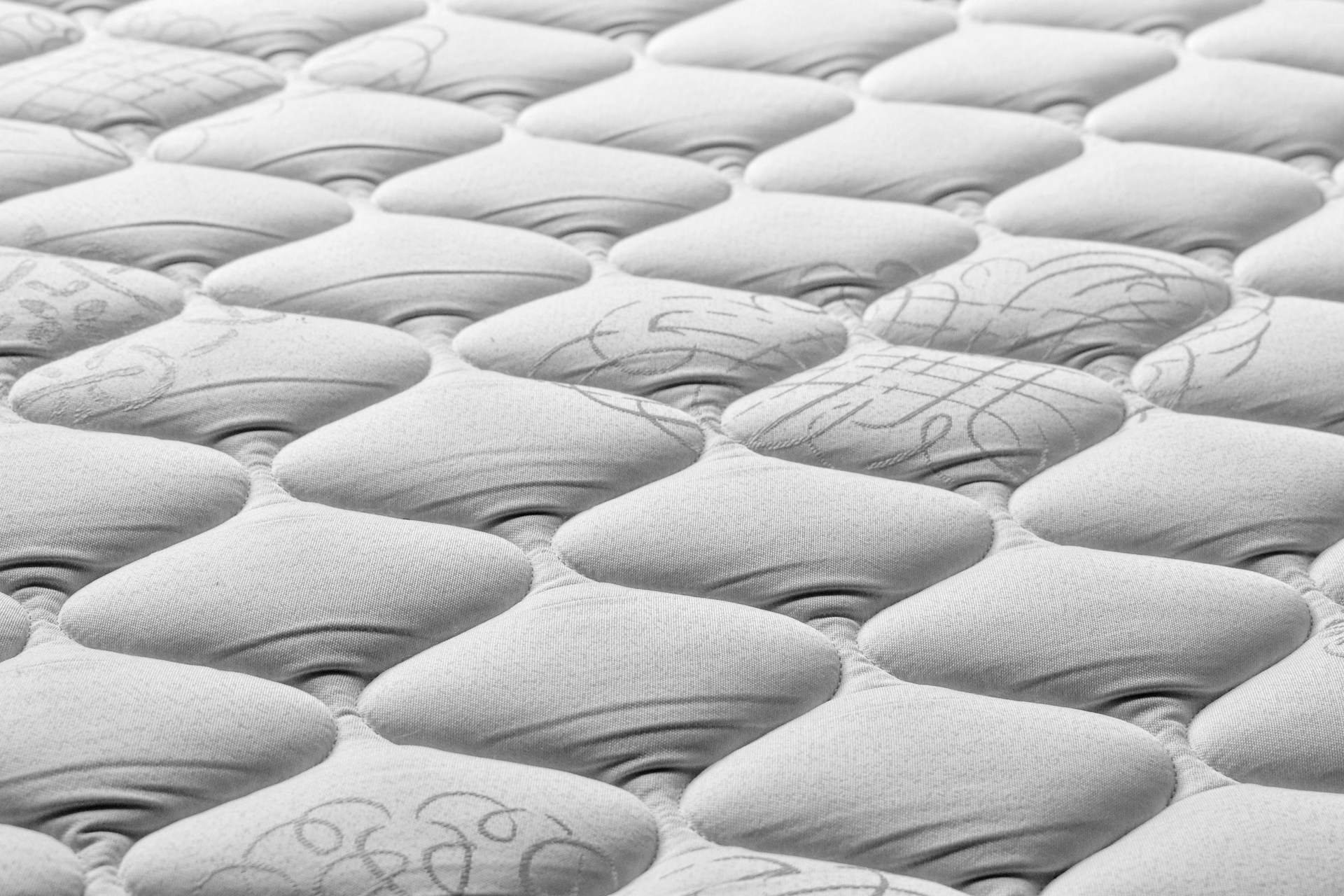Memory foam is best known for its use in the creation of pillows and mattresses, but it also has a range of other uses and businesses. Thanks to the formulation of the memory foam sheet, it has become easy to buy as much of the foam as you need for use in your particular application.
What is Memory Foam
Memory foam, or viscoelastic polyurethane foam, is a specially formulated polyurethane foam with the viscosity that’s typical of fluids and the elasticity of a gel. This elasticity makes it uniquely suited to return to its original shape after being compressed (i.e. being sat or slept on).
In the case of a memory foam sheet, the foam has been produced in a format where the user can easily remove as much of it as they require. Since sheets are generally not as thick as blocks of foam, it can easily be glued atop something like high-density polyurethane foam (cold foam) that keeps its shape better.
Memory Foam vs. Standard Polyurethane Foam
There has to be a reason why memory foam is so popular, even though standard polyurethane is cheaper. Let’s take a quick look at how these two types of foam compare:
| Polyurethane Foam | Memory Foam | |
| Type | Standard foam | A type of polyurethane foam |
| Feel | Firmer, more supportive | Softer, conforms to body |
| Pressure Relief | Less pressure relief | More pressure relief, good for side sleepers and joint pain |
| Motion Isolation | Less motion isolation | More motion isolation, good for couples |
| Temperature Regulation | Breathes better, sleeps cooler | Can trap heat, sleeps warmer |
| Responsiveness | Bounces back quickly | Slower response, “sinking-in” feeling |
| Durability | Generally more durable | Can lose shape over time |
| Cost | More affordable | More expensive |
Memory Foam: Pros and Cons
As with anything, there are a range of different advantages and disadvantages to memory foam. Fortunately, many of the disadvantages don’t apply when you buy truly high-quality memory foam sheet.
Pros
- It offers pressure relief: Memory foam sheets are excellent at conforming to the shape of your body, which reduces pressure points and helps to alleviate pain.
- It helps to isolate motion: Because memory foam sheets absorb movement, they make ideal mattress toppers for shared beds, as they can help prevent one person from bothering the other with their movements.
- It’s hypoallergenic: Memory foam is resistant to dust mites and allergens, unlike down and many other historic mattress fillings, which makes it suitable for people with sensitivities or allergies.
- Many customization options: Memory foam sheets are available in various densities and thicknesses, which means that you can customize your projects as much as you wish.
Cons
- Memory foam may retain heat: Standard memory foam has a tendency to trap body heat, which can make for a hot sleeping experience. You can buy memory foam with built in cooling gel to prevent this.
- New memory foam may off-gas: New memory foam may emit a chemical odor when new, but it will typically dissipate over time.
- The initial cost may be high: Memory foam is often more expensive than traditional foam or spring mattresses, but it makes up for it with a longer lifespan.
- That sinking feeling: Some people find the deep contouring uncomfortable, feeling like they’re “sinking” into the mattress.
Memory Foam Sheet: Potential Uses
Despite what people typically think, mainly due to the fact that they only see memory foam used in particular ways, this product has a myriad of potential uses. Let’s take a look at a few of them.
-
- Mattress Toppers: This is the most recognized use for these sheets, and many people use memory foam mattress toppers to help make their existing mattresses more comfortable.
- Cushion Toppers: Another of the most common uses for these foam sheets is to help make bench, sofa, and even caravan cushions more comfortable. Since memory foam has more give, and is softer, it can significantly improve the seating experience.
- Sleeping Pads: A less common, but no less viable, use for memory foam sheets is as travel or sleeping pads. If you use the appropriate density and thickness, cut to size, memory foam sheets make a wonderful, portable travel mattress.
- Yoga or Exercise Mats: As you may have expected, memory foam is also sometimes used to make exercise or yoga mats out of. Since the memory foam is soft, and elastic, it’s an ideal choice for this purpose.
Final Thoughts
Memory foam sheet is an excellent way to make your existing bed mattress or bench cushion more comfortable, along with an array of other uses. Thanks to its soft nature and elasticity, it quickly bounces back to its original shape, making it ideal for any uses where frequent compression is the norm.
If you’re looking for a quick, simple way to make comfortable cushions, mattresses, or other similar items, memory foam sheets are an excellent option.
